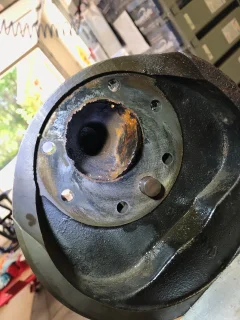- Joined
- Aug 19, 2021
- Messages
- 1,461
Given all of the input here, perhaps I should go from the "leave well enough alone" mentality to the "better safe than sorry" mindset. I'll dismantle the crank, clean the sludge trap and have the main bearing journals magna fluxed.




